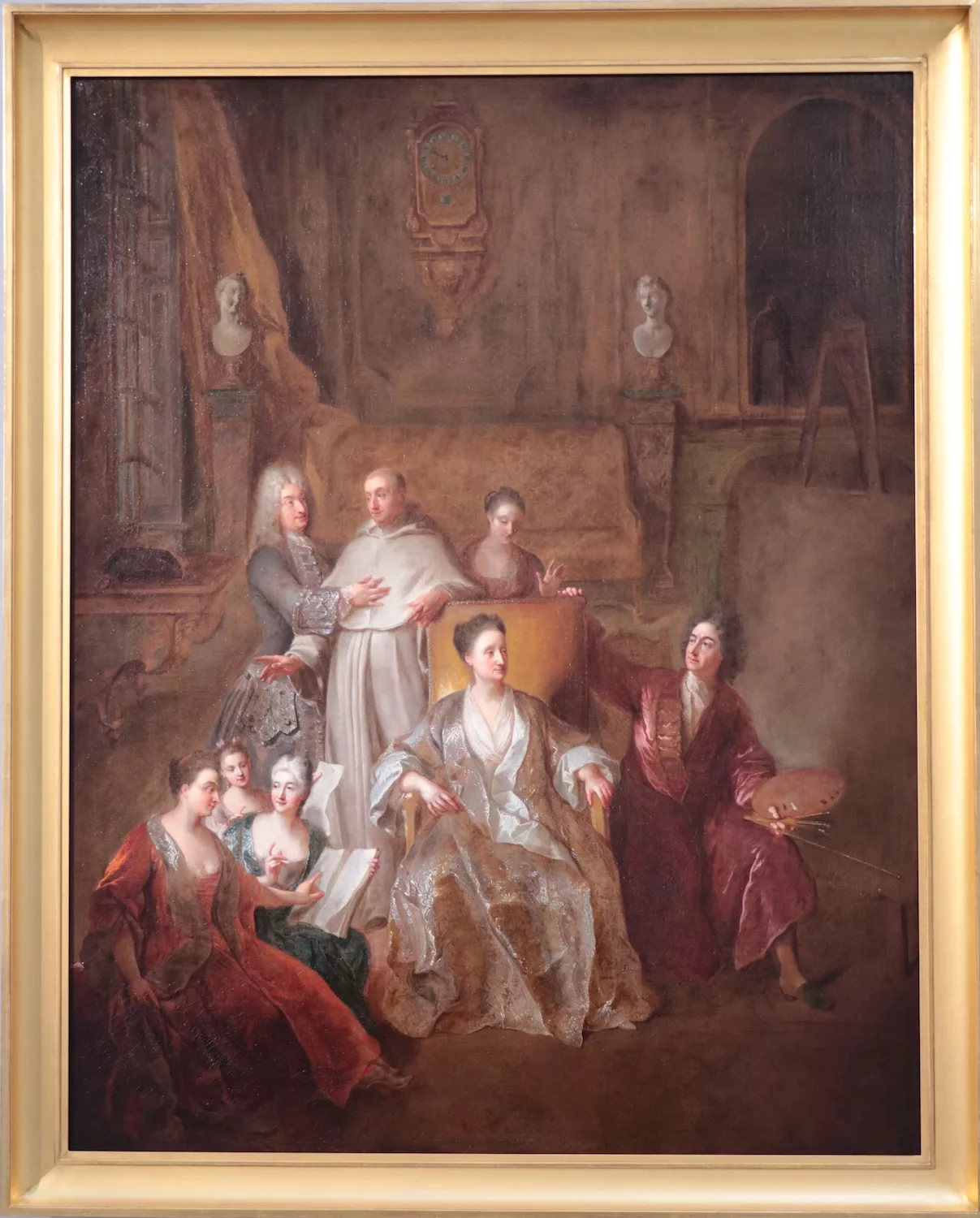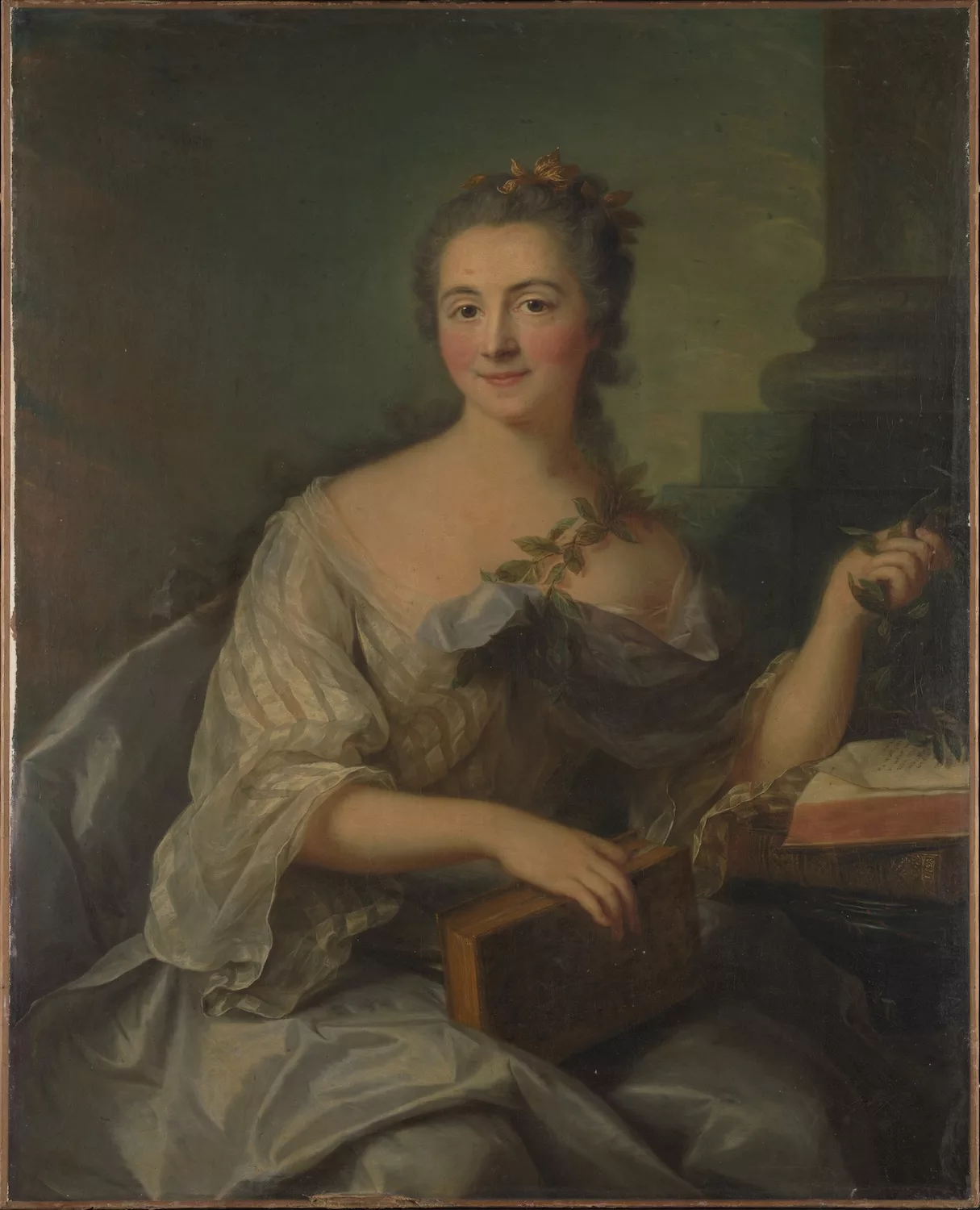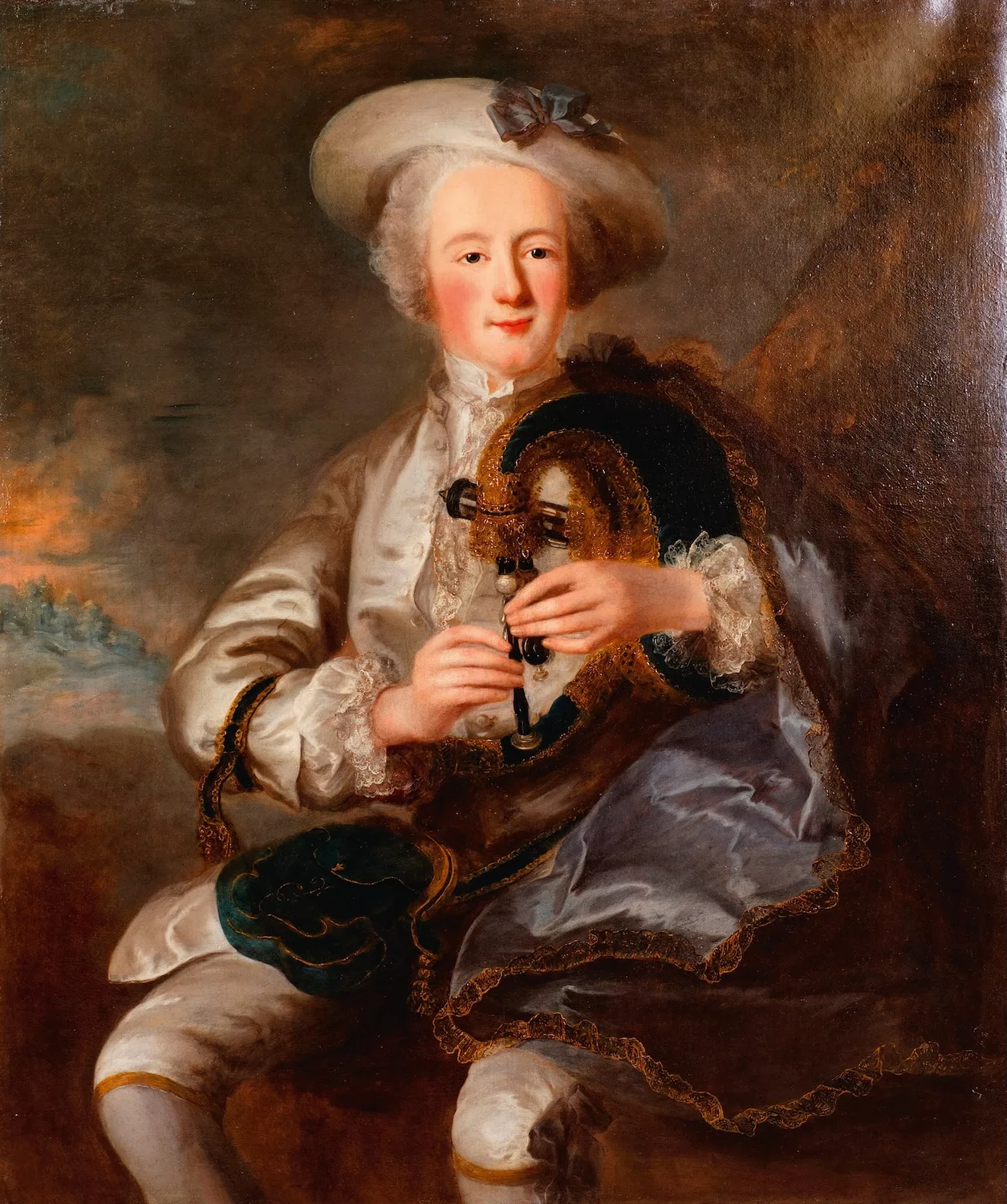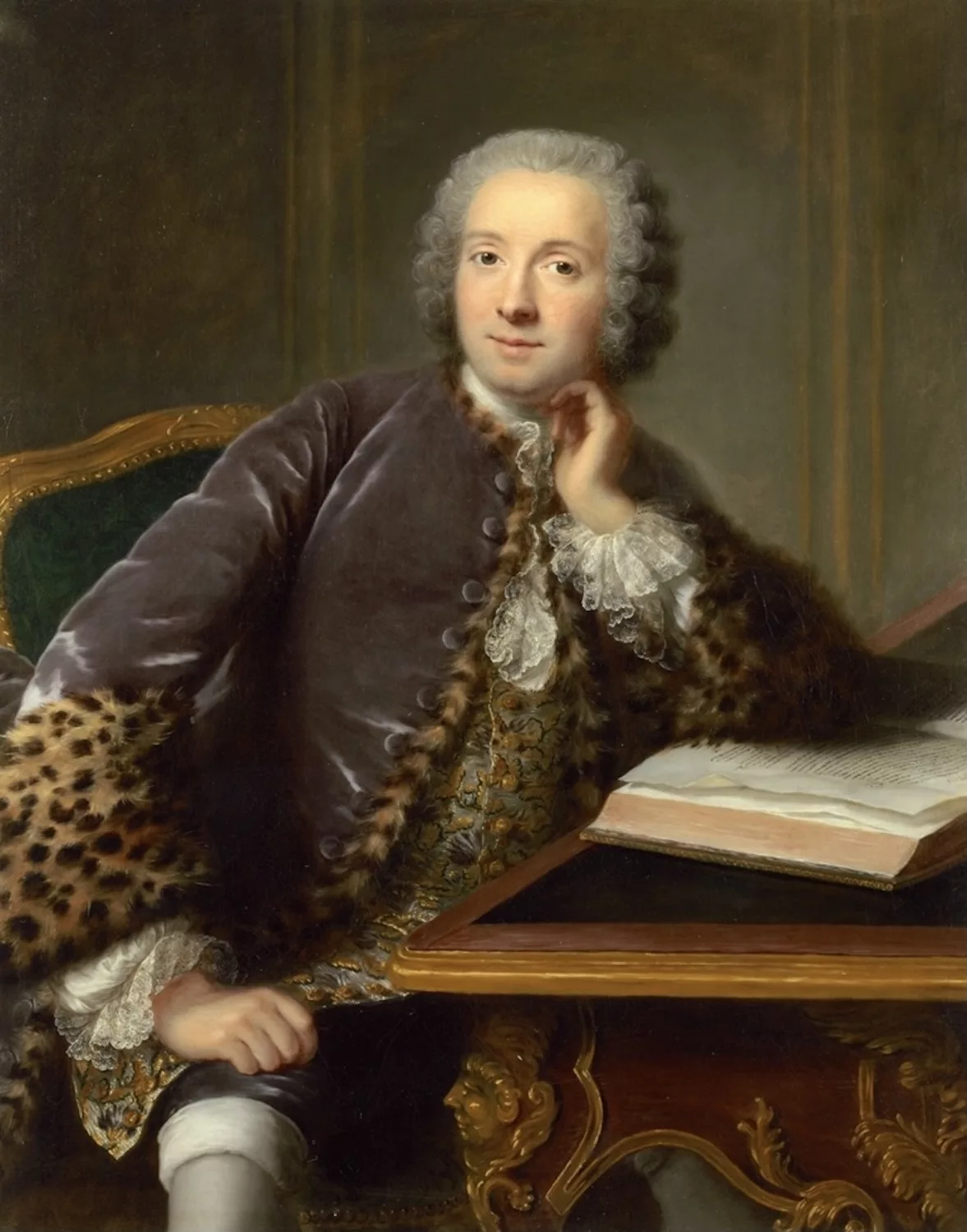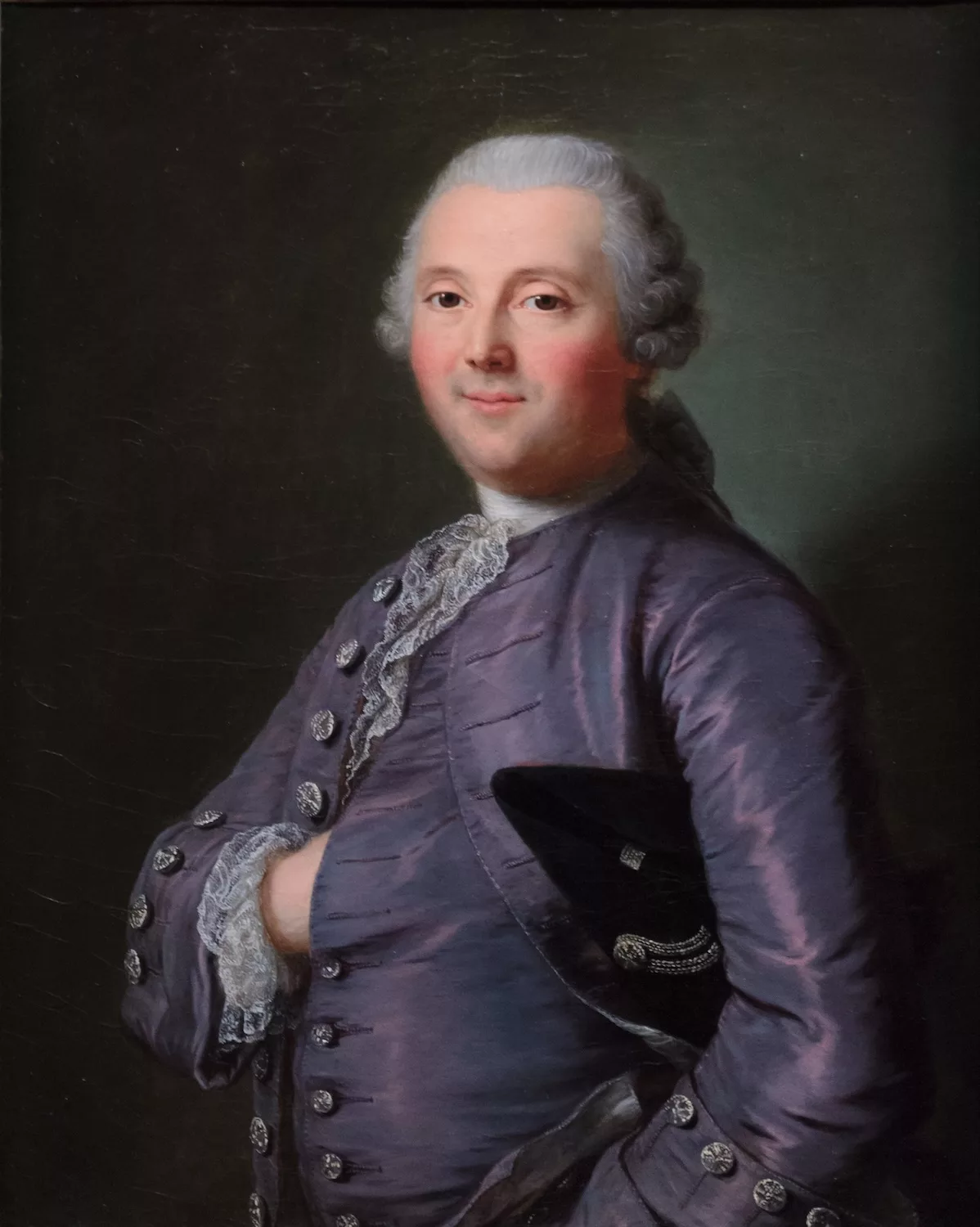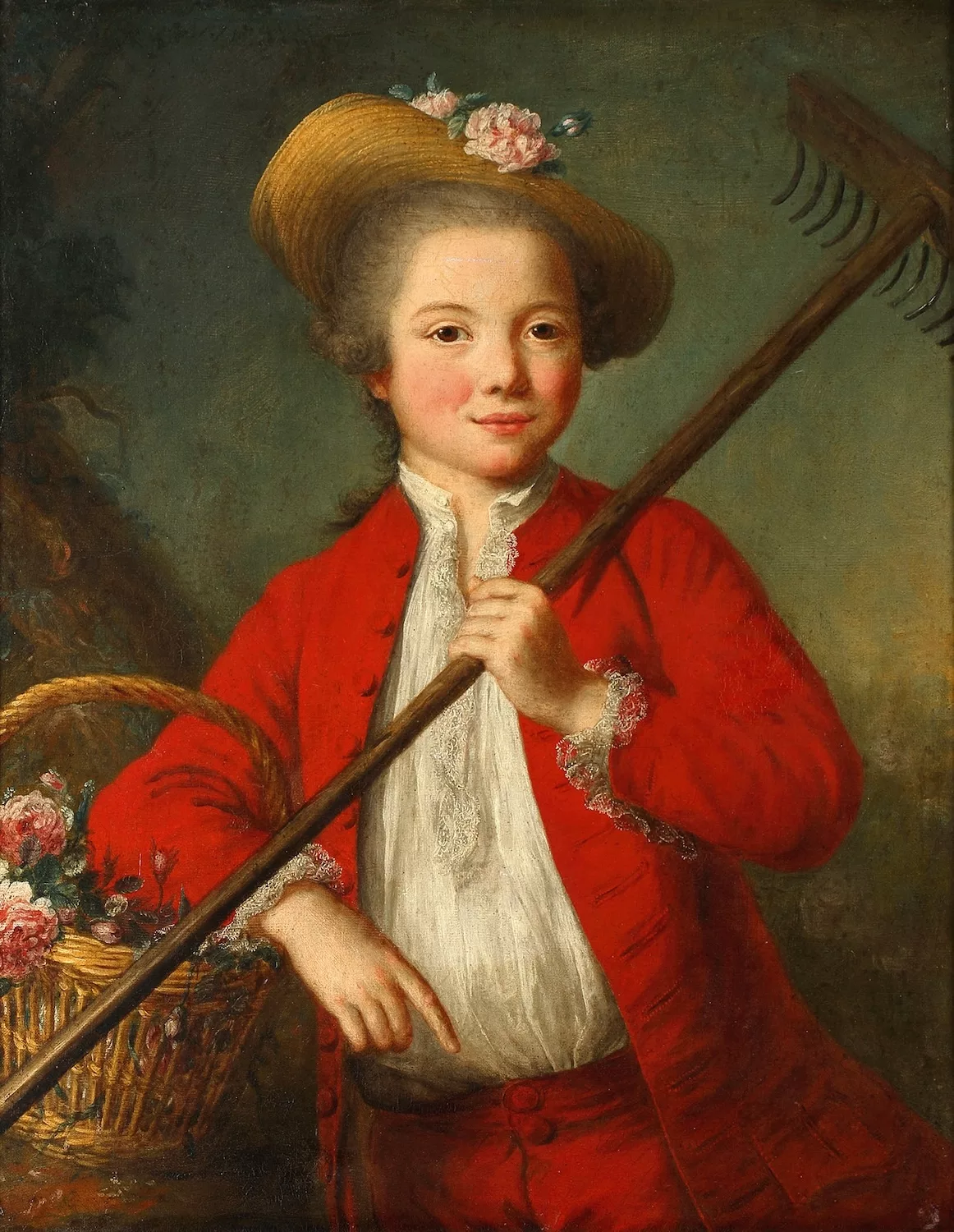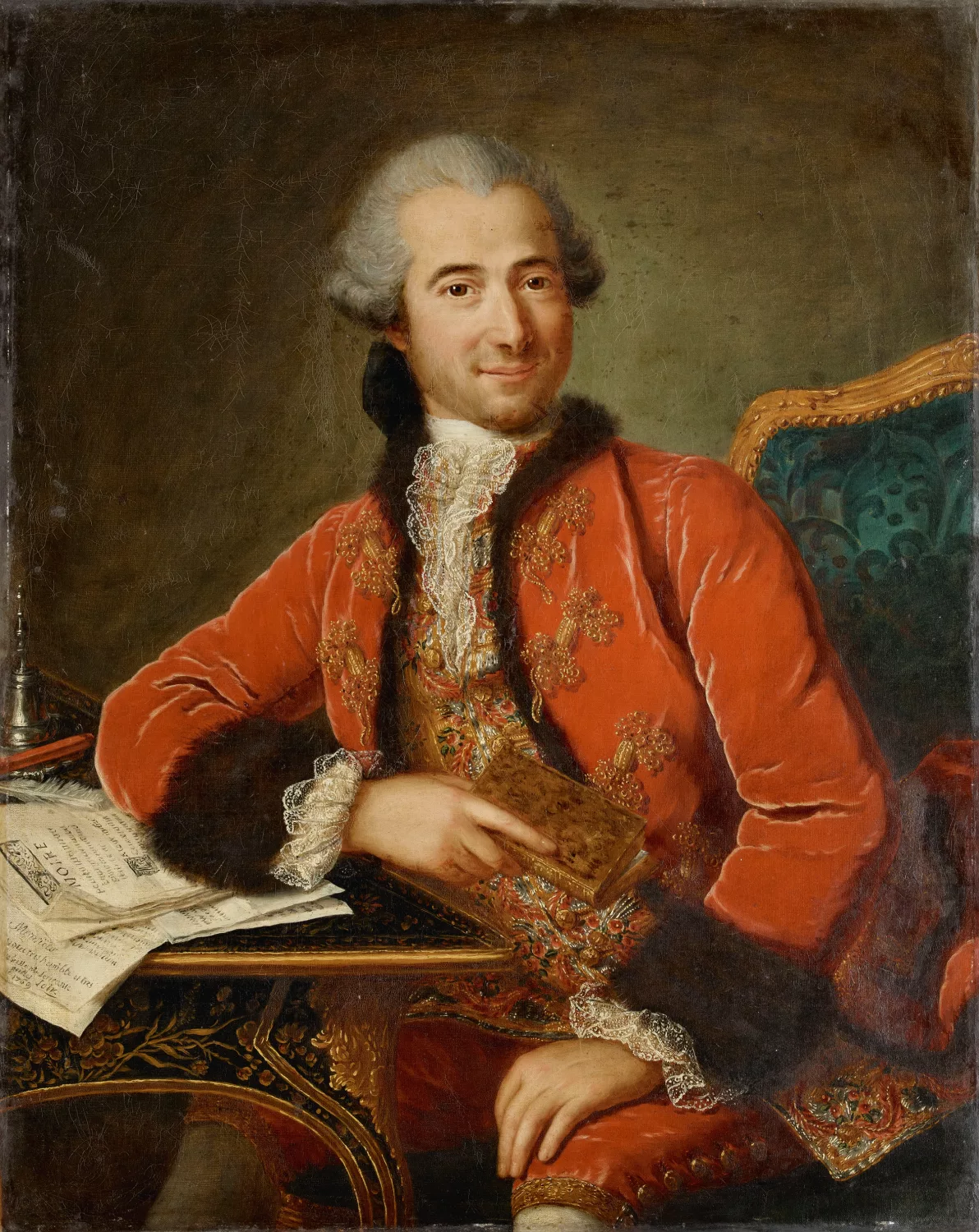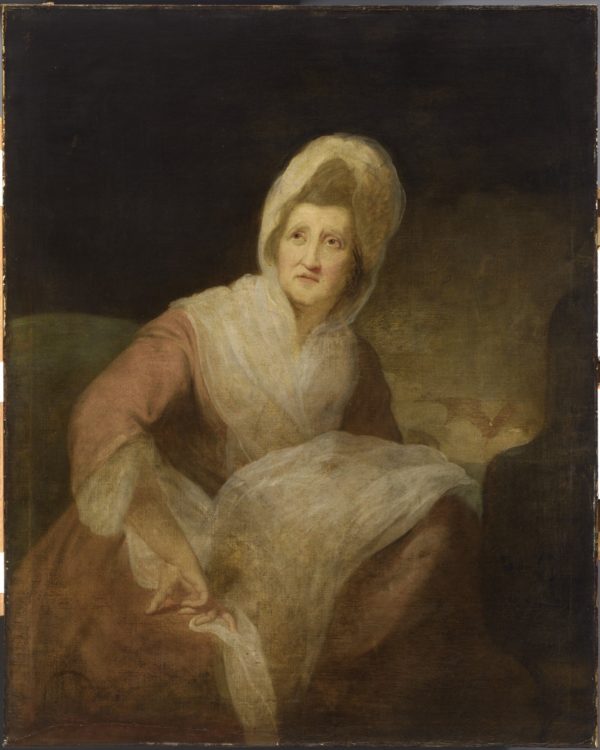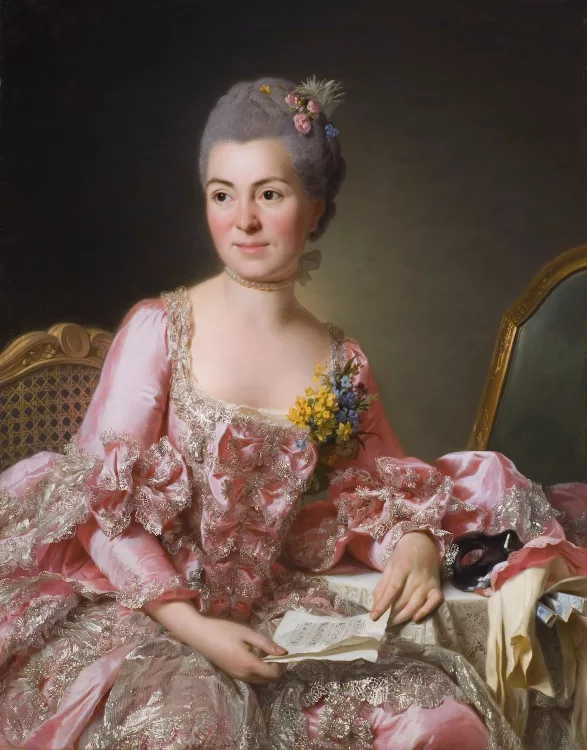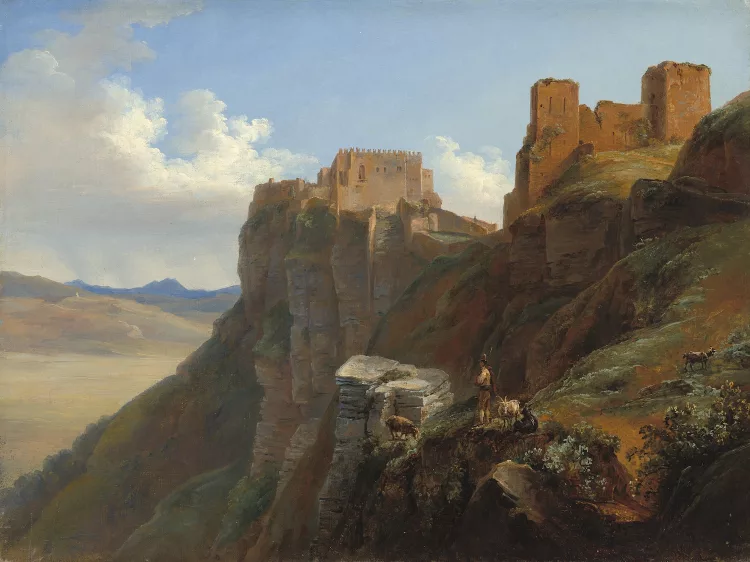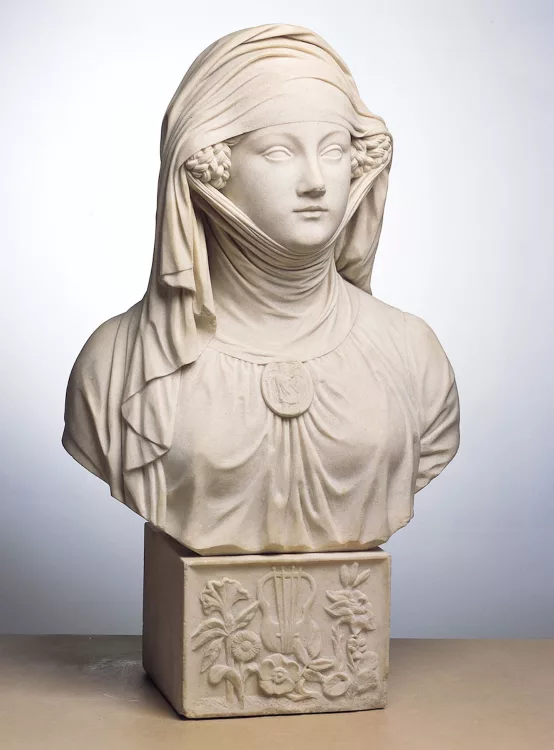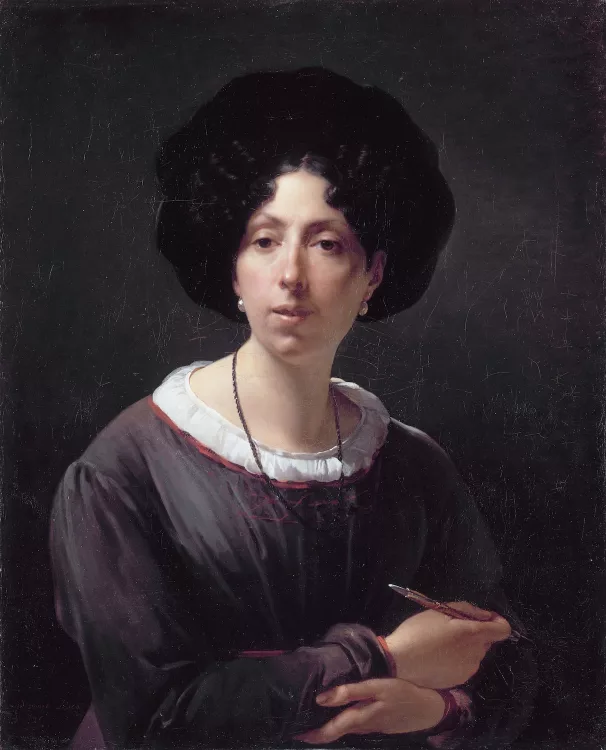Marie-Anne Loir
Voiriot Catherine, “Un nouveau tableau dans l’œuvre de la portraitiste Marie-Anne Loir (1705-1783)”, La Revue des musées de France. Revue du Louvre, 2024-3, p. 32-36
→Catherine Voiriot in collaboration with d’Ólafur Þorvaldsson, “Au sujet du portrait de madame Du Boccage peint par Marie-Anne Loir (1705-1783)”, Les Cahiers d’Histoire de l’Art, n° 22 (2024), p. 48-55
→Catherine Voiriot in collaboration with Ulla Kölving, “Le portrait d’Emilie du Châtelet par Marie-Anne Loir et ses différentes copies en peinture, au pastel et en miniature : premier essai d’inventaire”, actes du colloque Emilie du Châtelet. Son monde, ses travaux, Centre international d’études du XVIIIe siècle, 2022, p. 271-280
→Mélissa Hyde, « Ambitions, Modest and Otherwise of two Parisian Painters : Marie-Anne Loir and Catherine Lusurier”, Studies in Eighteenth-Century Culture, vol. 50, 2021
→Julie Anne Sadie Goode, « Les portraits de la famille de Monaco peints par Marie-Anne Loir », Annales monégasques 44, 2020, p. 7-45
→Voiriot, Catherine, « Marie-Anne Loir : une femme portraitiste sous le règne de Louis XV », Revue de l’art, 2019/3 N° 205, 2019, p.39-50
French painter.
Marie-Anne Loir was born in Paris to a family of goldsmiths. She was the elder sister of pastel artist Alexis Loir (1712–1785), who in 1779 was accepted as a member of the Académie Royale de Peinture et de Sculpture, his admission piece being Portrait de Clément Belle (Paris, Musée du Louvre). In his biographical work Abrégé de la vie des plus fameux peintres (1762), chronicler Pierre-Jean Mariette explains that M. A. Loir learned to paint from artist François de Troy (1645–1730), a distant relative. Confirmation of this detail is found in an inscription on the back of Portrait de la famille de François de Troy (Le Mans, Musée de Tessé), which reads “Copied by Mademoiselle M.A. Loir of the Académie de Marseille, his student”. At the same time, she frequented the studio of his son Jean-François de Troy (1679–1752), with whom she maintained a lifelong friendship. She also knew Pierre Gobert (1662–1744) and copied his Portrait du prince de Condé (Château de Chantilly). Another possible acquaintance was Jean-Marc Nattier (1685–1766), the most prominent portraitist in the reign of Louis XV. According to painter Joseph-Marie Vien’s memoirs, in around 1744, when she was thirty nine, M. A. Loir was studying under artist Hubert Drouais (1699–1767). For much of her life, then, thanks to her role as a student and her social connections, she was able to pursue an independent career outside the official institutions. In 1762, however, at a relatively advanced age, she was accepted as a member of the Académie des Beaux-Arts de Marseille upon the recommendation of Michel-François Dandré-Bardon (1700–1783).
A familiar figure in the most prestigious artistic and intellectual circles of her time, M. A. Loir is a remarkable example of a woman with an art career under Louis XV, and she opened the way for the next generation of women painters. Her early style shows influence from her teachers; she began her career painting mythological subjects, as in Portrait de Mme du Boccage (private collection) painted between 1735 and 1745. She soon moved on to ‘realistic’ portraits, although she did not sign her works until late in her career, for example in Portrait du président Bayard (Pau, Musée des Beaux-Arts) in 1769. From one of her letters archived in Marseille, we know that she had stopped painting by 1774.
At present, some twenty works can be confidently attributed to this artist, though a catalogue raisonné is yet to be compiled. Her most famous work is indisputably her portrait of Émilie du Châtelet, an illustrious woman scientist and romantic partner of Voltaire. Painted in 1745 and engraved on three occasions in the eighteenth century, it was seized during the French Revolution from the home of Du Châtelet’s son. In it, the scholar sits at her desk, a compass in hand and an armillary sphere beside her. Behind the sitter, on a shelf, we see her book Les Institutions de physique. Despite its significance in the history of female portraiture, it was not deemed worthy of remaining at the Louvre. Its 1803 transfer to the Musée des Beaux-Arts de Bordeaux is viewed by some as a form of institutional disregard.
A biography produced in partnership with the Louvre Museum.
© Archives of Women Artists, Research and Exhibitions, 2025


